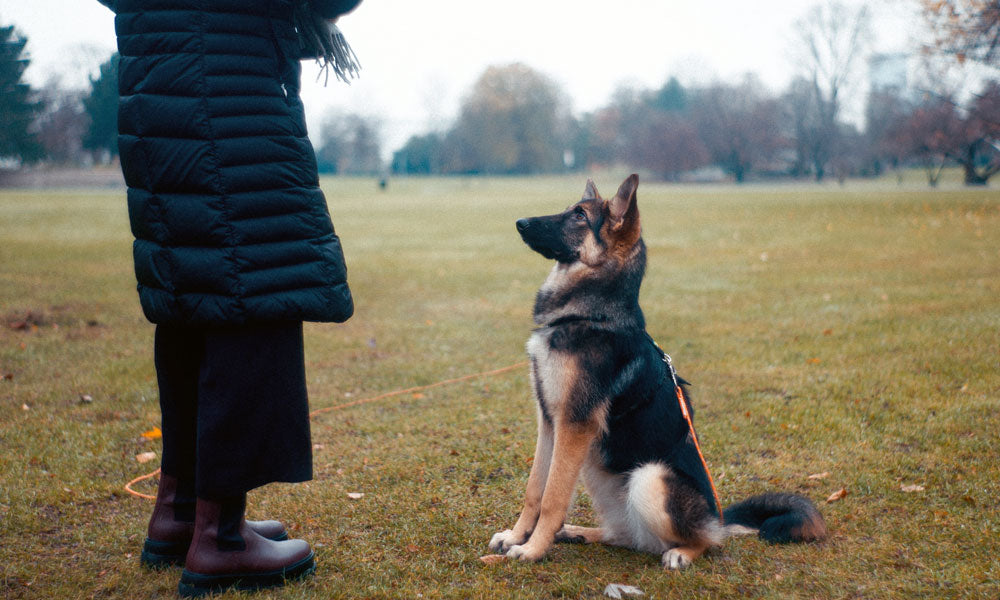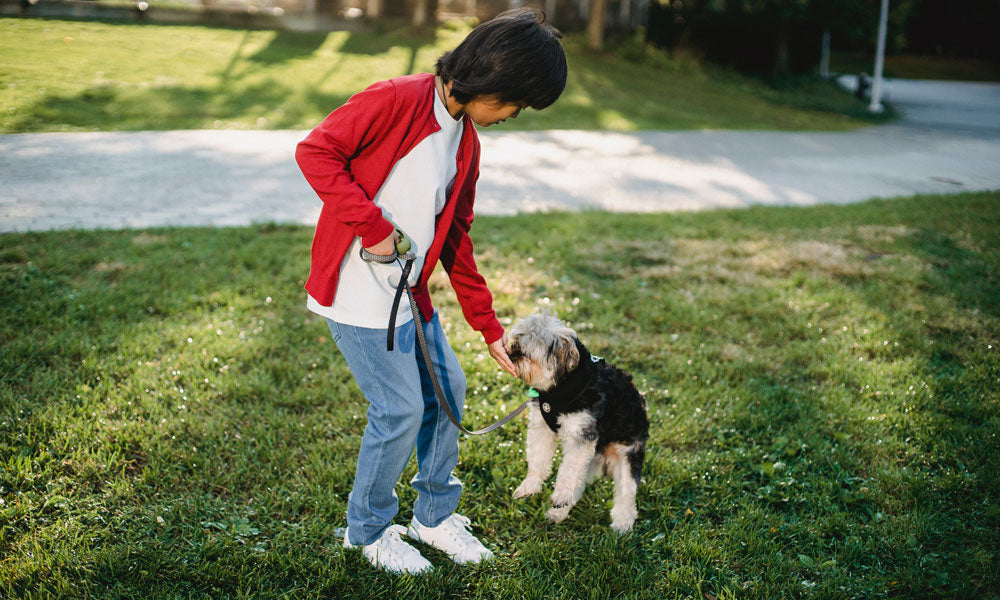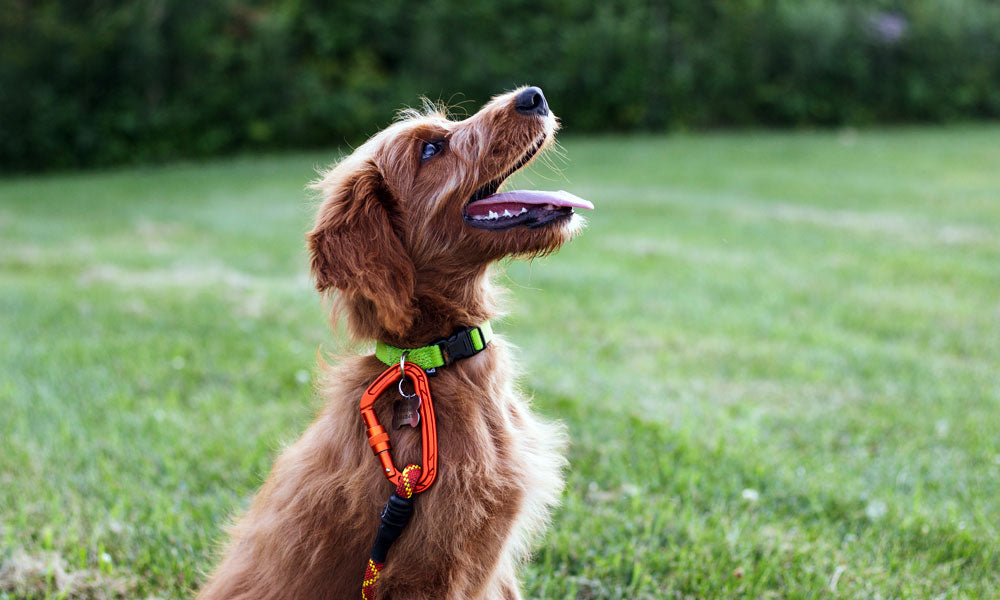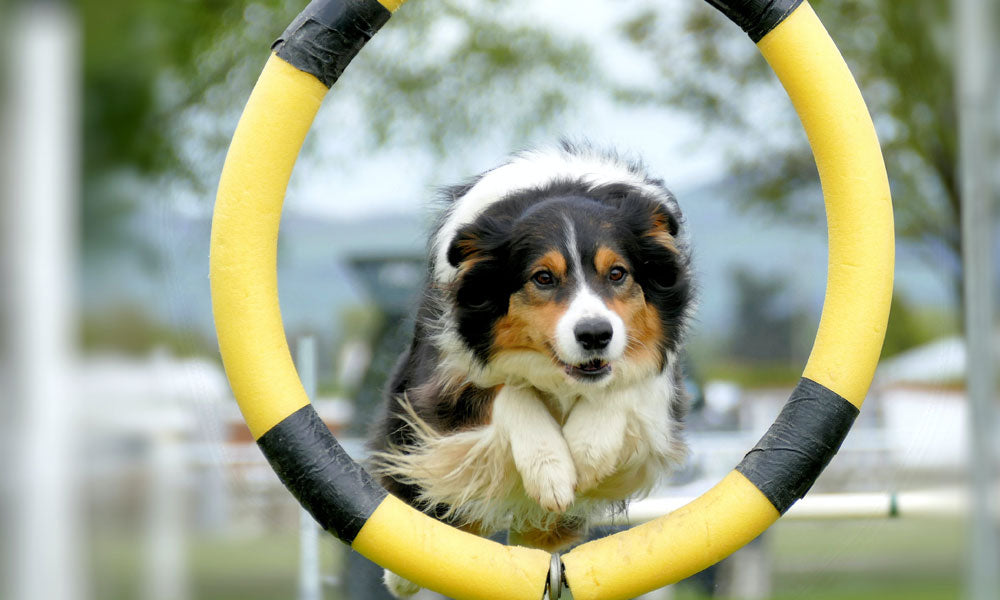
Unlocking Effective Dog Training: The One Word You Should Avoid and More
Welcoming a dog into your life is undoubtedly a joyous occasion, but the journey of companionship comes with its share of responsibilities. Just like any worthwhile endeavour, investing effort into training your beloved canine companion is essential. Even the most endearing and intelligent dogs require a bit of guidance, and Victoria Kerr, a pet nutritionist at Naturo, a natural pet food company, emphasises that training should be an enjoyable experience for both you and your furry companion.
 German Shepherd photo by John Tuesday on Unsplash
German Shepherd photo by John Tuesday on Unsplash
Victoria has unveiled a valuable piece of advice for dog enthusiasts who are training their dog, to avoid the use of a single word that might hinder your training progress – the innocuous yet potent word, "ok."
Unbeknownst to many, "ok" is a word that flows naturally in human conversation and often finds its way into dog training sessions. While it might seem harmless, its pervasive usage can be confusing for dogs. Victoria explains:
“You may not realise it,’ she said, ‘but the word “ok” comes naturally to humans, and we use it a lot in casual conversations as well as during dog training sessions.
‘It’s commonly used as a release word to tell your dog they can stop performing a task, but this can confuse dogs and set them back since we use the word so nonchalantly.”
 Terrier Photo by Sam Lion on Pexels
Terrier Photo by Sam Lion on Pexels
Indeed, it's easy to see why dogs might struggle to differentiate between a casual "ok" and its specific command context. So, what's the alternative? Victoria recommends using more distinct words like "release" or "free" to clearly communicate the desired action to your dog.
If you’re getting into your dog training then YouTube can be a great source of inspiration, particularly when it comes to learning specific training techniques. It is always better to train your dog using positive rewards, here are a few more top dog training tips from Victoria and the Gravitis blog archive to help you get started...
 Shaggy dog photo by Reed Shepherd on Unsplash
Shaggy dog photo by Reed Shepherd on Unsplash
Top Dog Training Tips
- Swift Rewards: Dogs possess short attention spans, so timing is crucial. Victoria advises, Don't delay in providing reward treats. Waiting even a few seconds could cause your dog to forget the reason for the reward, impeding progress.
- Consistency in Moderation: Dogs' attention spans mirror those of human toddlers. Therefore, opt for concise training sessions lasting around five to ten minutes. Regular interaction with your pup is vital for their well-being and happiness, so incorporate training into your routine after walks or before playtime.
- The Power of Patience: Successful dog training hinges on patience. Rushing through the process can rob you and your dog of the encouraging experience that training should be. Victoria underscores, "Dog training should be fun and stimulating for both you and your dog so shouldn’t be rushed, with enough patience you’ll get the results you deserve. Patience also helps prevent frustration and stress, and a lack of this could negatively impact the training process.
- Banishing Command Nagging: Repeating commands like "come" multiple times when your dog isn't attentive might diminish their meaning. Before issuing a command, ensure your dog is fully focused, and use the word once for optimal results.
- Positive Reinforcement: Dogs respond remarkably well to positive reinforcement. Reward desirable behaviour promptly with treats, praise, or affection. This approach reinforces their understanding of your expectations and motivates them to repeat the behaviour.
- Clear and Consistent Commands: Dogs thrive on routine and clarity. Use simple, consistent commands for each action you're teaching. Associating specific words with actions helps your dog grasp what you're asking of them.
- Socialisation: Expose your dog to different environments, people, and other dogs to build their confidence and reduce anxiety. Proper socialisation early in their training can prevent behavioural issues down the line.
- Lead by Example: Dogs are observant creatures. Demonstrate the behaviours you want to instil in your dog. If you want them to exhibit calmness, remain composed in their presence.
 Collie photo by Andrea Lightfoot on Unsplash
Collie photo by Andrea Lightfoot on Unsplash
In the intricate tapestry of dog training, clear communication is the key to success. While seemingly harmless, the casual "ok" can hinder progress. By incorporating Victoria's insights and adopting her recommended alternatives, along with these additional top tips, you can establish a stronger connection with your four-legged friend, fostering a harmonious and rewarding training experience.
Your dog's journey of learning is an opportunity for both of you to grow together. With dedicated effort, thoughtful communication, and a sprinkle of patience, you'll pave the way for a well-trained and happy furry companion.
Main photo: Beagle Training by Blue Bird on Pexels
